Products are chosen independently by our editors. Purchases made through our links may earn us a commission.
We rely on your smart home for a lot of things, from controlling the thermostat to turning off the lights without getting up to even helping us sleep better. And because it knows how to do so much, it also knows a lot about you—and, unfortunately, that can be dangerous.
"There's a ton of your personal info online, whether you like it or not," our Smart Home Editor Sarah Kovac warns. "But if you have smart home devices, there's a lot more on the line if you should fall victim of a cyber attack."
That risk is more real than many people might think, according to a new study by the Threat Assessment Lab of SAM Seamless Network, a home cybersecurity platform which monitors over 20 million devices. It found that not only is the United States the No. 1 country in terms of attempted attacks, but that your smart home is even more vulnerable depending on the time of day and what types of devices you have.
When do most attacks happen?
According to the study, midnight (12 a.m.) is the most common time for attacks to occur. But they're also likely happening around the clock, as researchers also reported that the average device is subject to five attempted cyber attacks every day.
Which devices are most vulnerable to attacks?
Ironically enough, security camera systems are the least secure, accounting for 47 percent of attacks. Experts explain this is mainly because most cameras are built on similar models, making it easier for hackers to access them.
Cameras are followed by smart home hubs at 15 percent, network-attached storage (NAS) devices at 12 percent, and printers at six percent. Smart TVs weren't far behind printers, either, making up five percent of the attacks studied by the researchers.
How to protect your smart home
As with anything online, especially when there's a lot of personal data involved, you're always taking on some kind of risk. But there are ways that you can be as safe as possible when setting up—and using—your smart home.
"The best thing you can do to protect your information and your home is to stay vigilant," Kovac recommends. "Don't open emails that seem fishy, check that your computer's firewall is active, change your passwords often, and make sure you only use smart home products that require you to create a password-protected account."
The best smart home products for every lifestyle
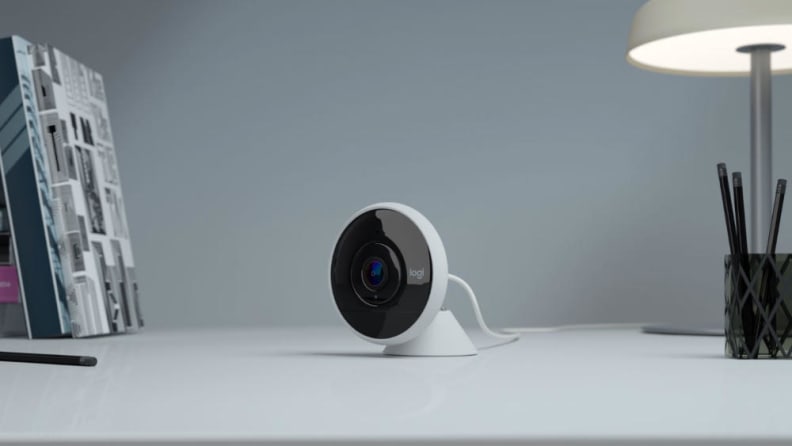
The Logitech Circle 2 is equipped with stellar night vision.
The best smart indoor security camera: Logitech Circle 2
Get the Logitech Circle 2 on Amazon for $179.99
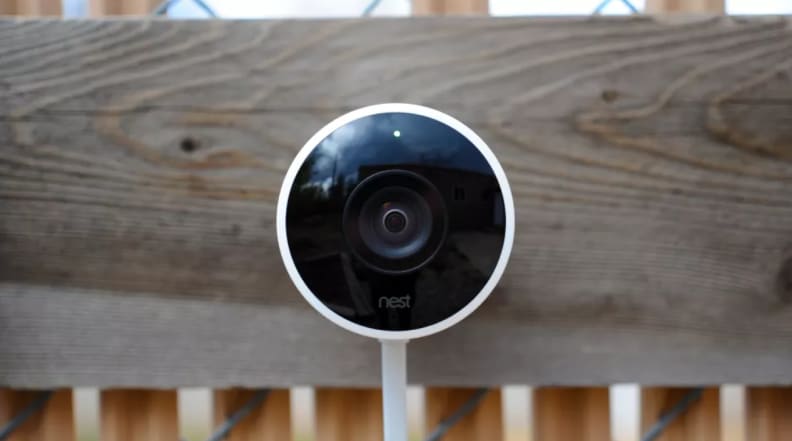
An outdoor security camera like this one will give you peace of mind.
The best smart outdoor security camera: Nest Cam Outdoor
Get the Nest Cam Outdoor on Amazon for $168.94
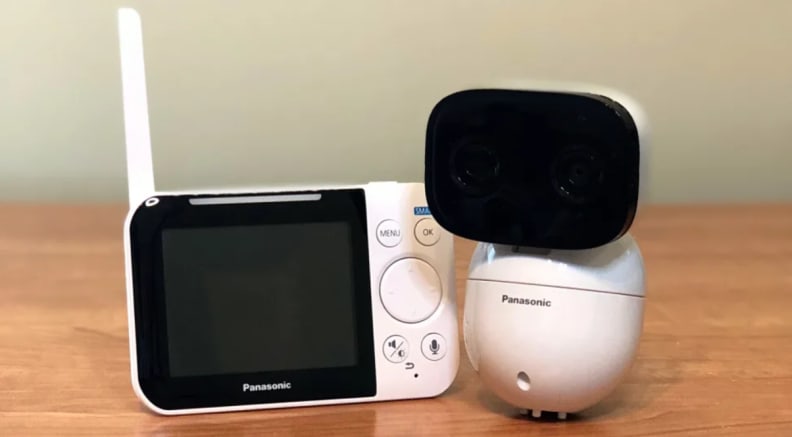
Watch your little one sleep via this monitor.
The best video baby monitor: Panasonic KX-HN3001W Long Range Baby Monitor
Get the Panasonic KX-HN3001W Long Range Baby Monitor on Amazon for $180.98
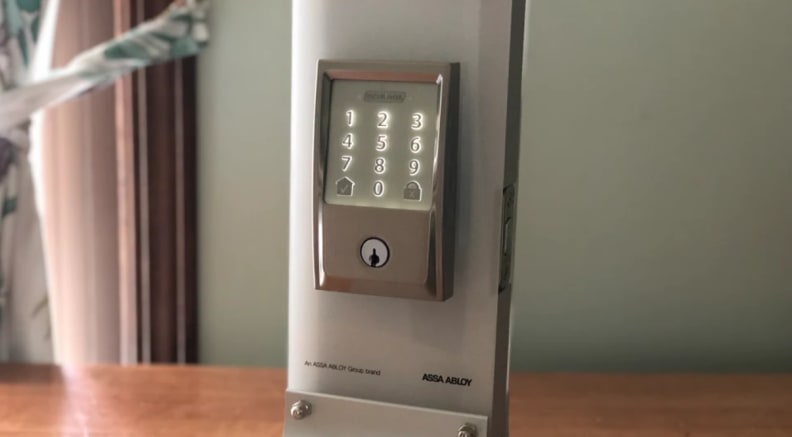
Keeps your family safe and keeps intruders out.
The best smart lock: Schlage Encode Smart WiFi Deadbolt
Get the Schlage Encode Smart WiFi Deadbolt on Amazon for $249
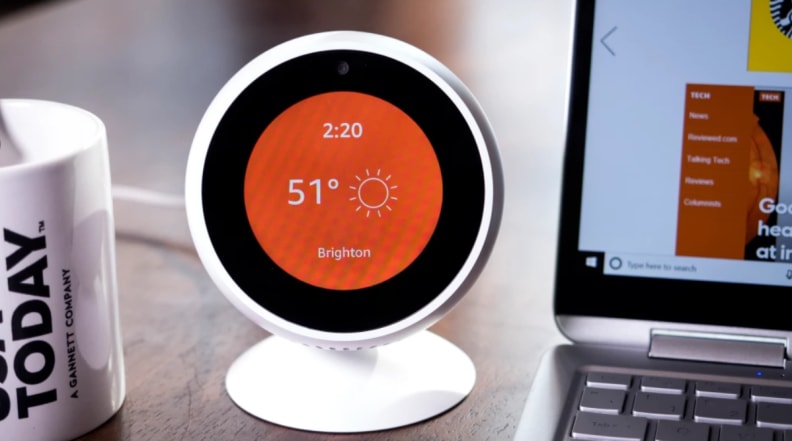
Smart home? More like smart apartment.
The best smart home device for an apartment: Amazon Echo Spot
